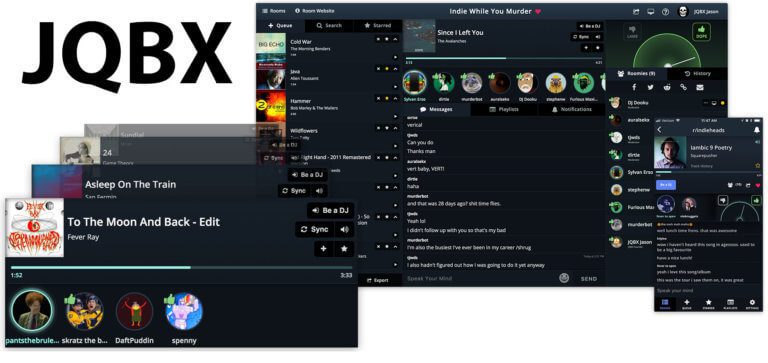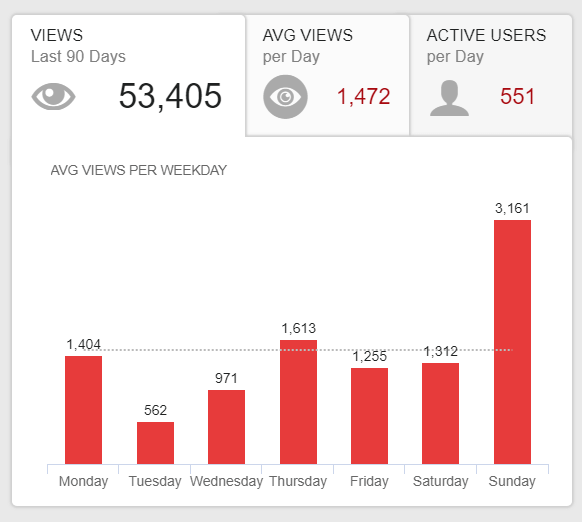

Users that enjoy the experience enough are willing to pay to for a competitive advantage. Successful free-to-play games create long-term relationships with users. Retention is arguably the most important metric in a free-to-play game. But most successful gaming apps have ratios closer to 20 percent. Popular social networking apps like Facebook have reported DAU/MAU ratios as high as 50 percent. Values closer to one, mean users are opening the app on a higher percentage of days. Since this is a ratio, the metric DAU/MAU can only be a value between zero and one.

This means that the average user logged in on roughly 15 percent of the days that month. Then, the DAU/MAU ratio would be 15 percent. Let’s say an app has 100,000 MAU and averages 15,000 DAU.

This metric will be easier to discuss with an example. This metric shows you how frequently users log in to your app. The ratio of Daily Active Users to Monthly Active Users shows how well an app retains users and is often referred to as the stickiness of a game. If users only open an app one to two times per day, it is unlikely to keep their attention for long. However, if users are coming back five to ten times each day, it’s safe to assume they enjoy the game. Specifically, focus on the average number of sessions per DAU, as this metric can tell you about how engaged users are with your game.Īn app’s genre does have an effect on Sessions/DAU, as some game styles lend themselves to more frequent sessions. Similar to DAUs, the total number of sessions require some context to be a helpful number. SessionsĮvery time any user, not just a unique user, opens your app, that counts as a session. A DAU count is merely a snapshot in time, and the surrounding context can be just as important, if not more important, than a large user base. Today they have 500,000 DAUs, but tomorrow they are down to 100,000. A third app that has poor retention might run a user acquisition campaign. Compare that to a news or messaging app that has 1,000,000 DAUs but no monetization mechanics. These users all play the game several times each day and actively monetize. Take a hardcore game that has 10,000 engaged users. However, knowing these simple metrics is a useful starting point for an educated analytics discussion. By themselves, DAU and other high-level metrics don’t provide much insight into an app’s performance. Starting with the basics, DAU is the number of unique users that start at least one session in your app on any given day. While there’s no one-size-fits-all policy for game analytics, there are some useful metrics that can help shed light on how you can improve your mobile game. “Am I waiting the right amount of time until I consider a user churned?”Īnd we haven’t even introduced more advanced analytics concepts like segmentation, funnels and custom events! For now, we’ll stick to just the metrics and look at what these numbers actually tell you about your game. These are less intuitive to interpret, and they might raise more questions than answers. More complicated metrics include things like churn, Average Revenue Per Paying User (ARPPU) and DAU/MAU. These numbers are relatively straightforward and measure concrete actions. On the simpler end of the spectrum, there are metrics like downloads, sessions, and DAUs. When it comes to metrics, there are hundreds of numbers to track. Mobile game analytics can feel complicated. Compare how your game is performing against up to 100,000+ games in the industry here. Editors note: we release bi-annual mobile gaming benchmarks report which pretty much includes all of the metrics mentioned below.


 0 kommentar(er)
0 kommentar(er)
